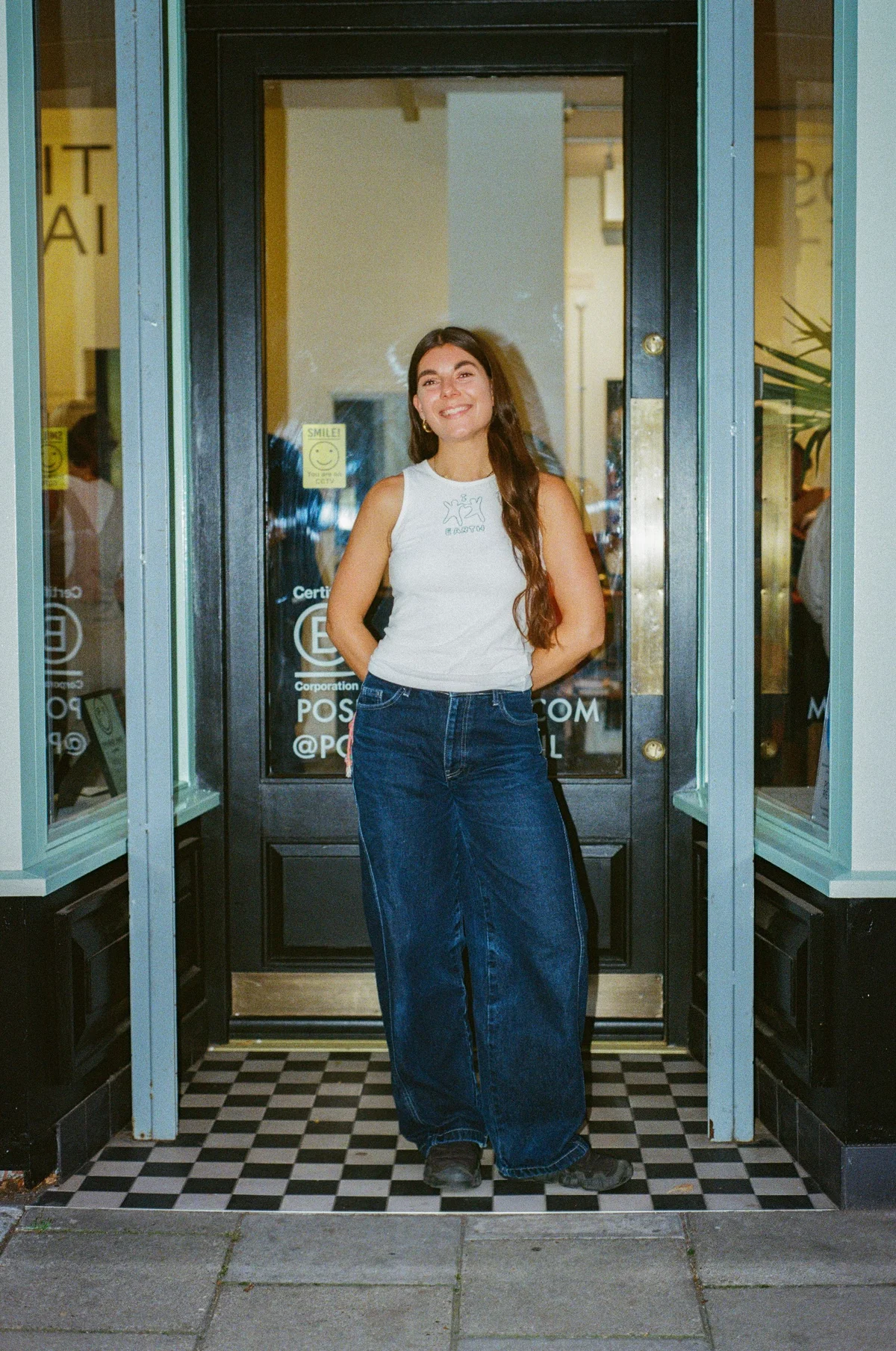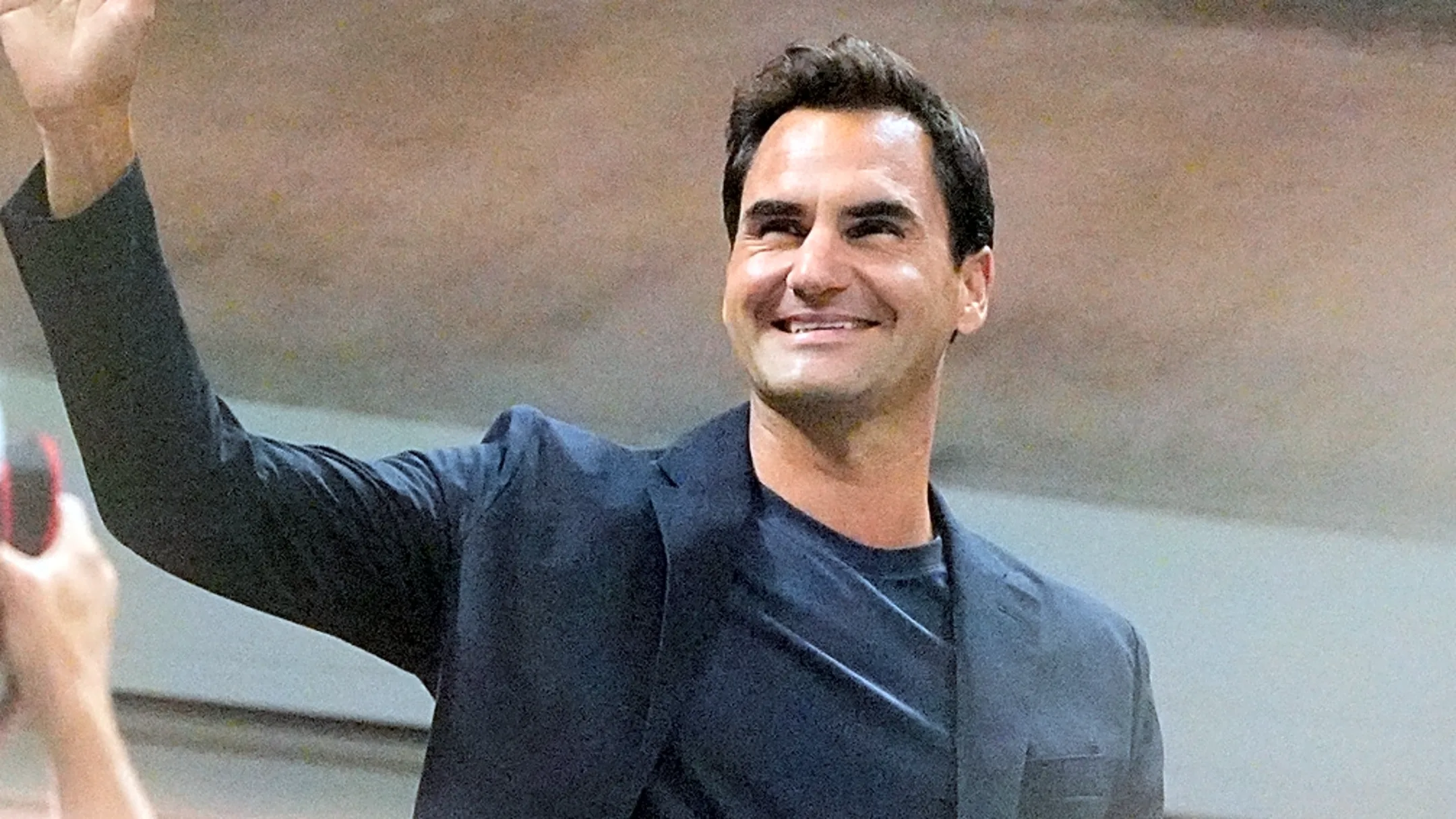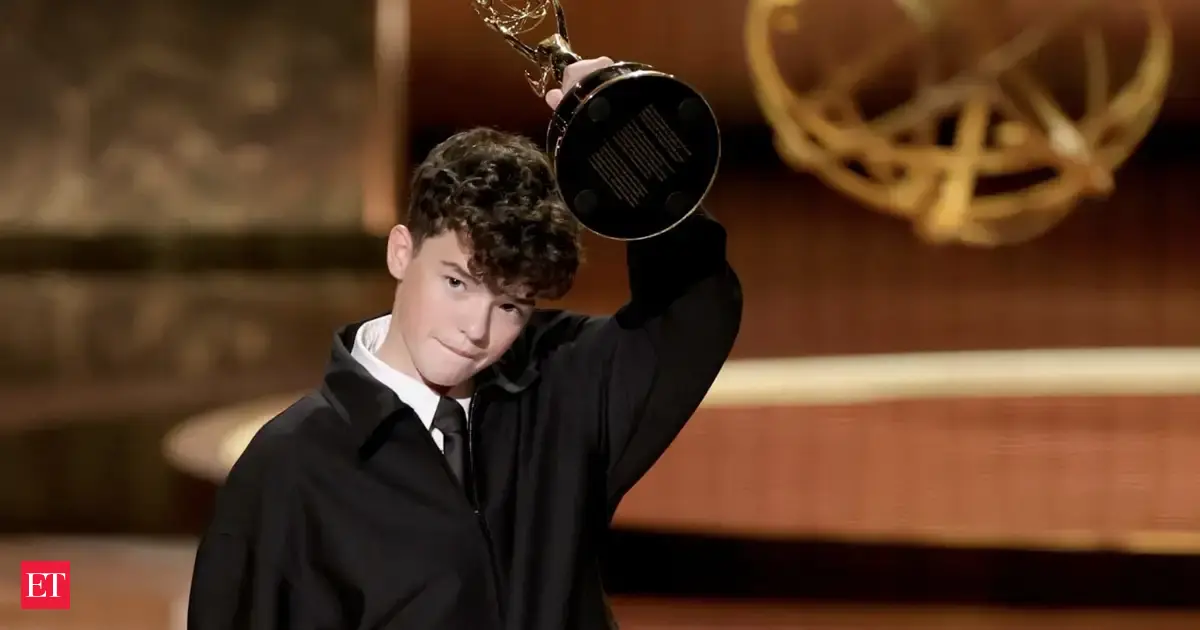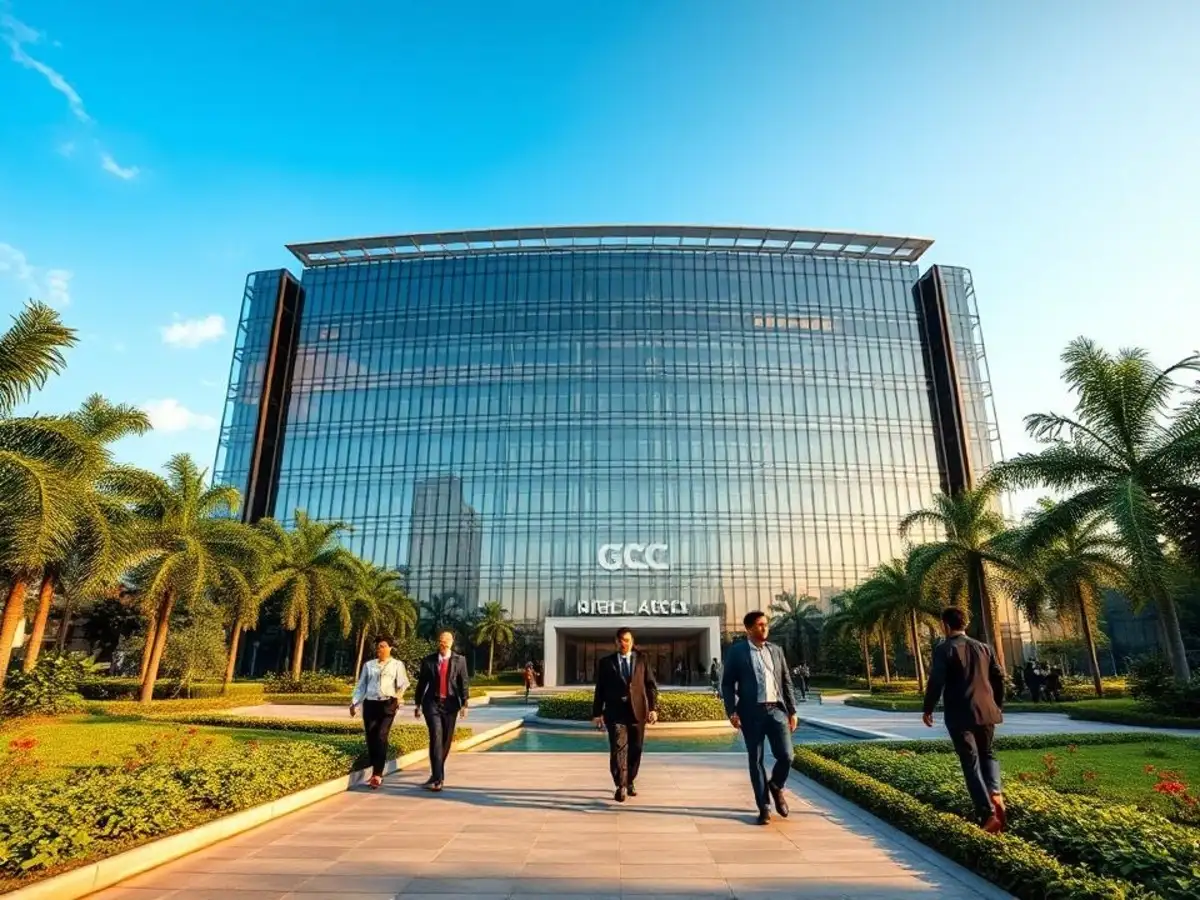By Vicky Jessop
Copyright standard

“It’s a bit chaotic,” one of the E.L.V. Denim team says as they’re showing me around their new headquarters. “But we’ve just moved.”
They’ve just levelled up, in fact, moving from a smaller space in Hackney to one just down the road in Dalston, that can accommodate the ever-growing demand for the brand’s jeans, jackets and button-down shirts.
Launched by Anna Foster in 2020, E.L.V. has made a name for itself for its chic take on upcycling: repurposing old, high-quality jeans into brand-new, couture-look ones.
Foster is adamant that the brand be as sustainable as possible, from the way it acquires its stock to its carbon footprint – every item is made within a five-mile radius of its studio in north London – and it’s paid off. E.L.V. made its London Fashion Week debut earlier this year, has been stocked in stores such as Selfridge’s and Liberty, and ran its first pop-up in Great Portland Street over the summer.
While E.L.V. is currently the biggest name – and one of the most high-end – in upcycled fashion in London, it’s far from the only one. In fact, recent years have seen something of a boom in the capital, as small and large studios seek to reinvent the way that we consume fashion.
“So many designers are upcycling,” says Lydia Bolton. “The sustainability scene in London is really big and lots of people are passionate about trying to do things differently: designing and creating a different way [to approach fashion].”
An upcycling designer and consultant, Bolton grew up with a mother who was “super eco” and grew up “reusing everything. We were always wearing things from charity shops.” She initially started her career in the fashion industry but left when she realised that she wanted to pursue a path more aligned with those same values.
But how is upcycling defined in the fashion world? “I would define it as extending the life of something which could be classed as unwanted,” Bolton says. “Changing something so that it has a new look and a new life.”
It’s much needed. It’s no secret that fast fashion is incredibly wasteful. Not only is the industry responsible for 8 per cent of global emissions, but our output is growing: by 2030, fashion waste is expected to reach 102 million tonnes.
In recent years, though, the second-hand market has exploded as well. Second-hand resale sites such as Vinted and Depop rake in millions of pounds every year (Vinted turned a profit of £67m last year) while a report commissioned by Amazon found that the UK’s second-hand shopping market has grown into an economy worth £4.3bn.
Upcycling is definitely on the rise in the fashion sector, especially within the high-end space. It’s not just E.L.V.: London brands such as Rua Carlota and Yaku are increasingly making waves for their unique approach to making magic out of old clothes.
At clothing label Rua Carlota, that means stitching hundreds of old silk ties together and creating everything from tops to trousers. Yaku (which was launched in 2023 by CSM graduate Yaku Stapleton) released a debut collection stocked with upcycled nylon jackets and puffers filled with recycled bedding; in 2024, the brand won a Challenge the Fabric award for repurposing 10 metres of recycled fibres into a full-body outfit.
The list goes on. Helen Kirkum has been on the scene for years, giving new life to old sneakers donated to Traid – which have generated international attention – and in the fabric space, Fanfare the Label (led by Esther Knight, formerly of Vivienne Westwood) has been racking up awards for its circular approach to recycling and reusing unwanted textiles.
The E.L.V. team, meanwhile, have managed to consistently scale their operation without losing any of the brand’s attention to detail. They source good-quality jeans from a variety of denim warehouses around the UK (there are five), before getting them professionally cleaned by a local Hackney launderette and stitching them into their new forms. From my tour of the workshop, I can see it’s painstaking work: everything down to the intentionally mismatched cuffs is carefully designed.
This boom has been fertile ground for designers like Bolton. Over the course of her career, she’s worked with big brands – including Nike, Pinterest and streetwear brand Nicce – for a series of one-off collabs, repurposing old stock or damaged customer returns and transforming them into new items.
Think turning unloved knitwear into high-end jumpers that are then rented out on By Rotation, or transforming old tops into a capsule Lime Bike-themed collection, that was then auctioned off for charity on eBay.
The same applies to Jaimus Tailor. Since 2018, he’s been at the helm of Greater Goods, an upcycling design business that has collaborated with high-fashion brands like Arc’teryx and Salomon, as well as running workshops aimed at teaching people the business of DIY themselves.
“[Upcycling] is one of those things that’s always been around, but personally, [in the past I think] upcycled items weren’t deemed desirable” he says. “My goal is to show it through a totally new lens where it’s desirable; the leading factor of it isn’t being upcycled. It’s a nice piece which just happens to be upcycled.
“It’s just a nice way to utilise things that are deemed waste. There’s always going to be samples that can’t be sold. There are always going to be defective product that are a nightmare to repair,” he adds.
Tailor himself started out buying old, broken jackets on eBay and repurposing them in his bedroom, which points to the DIY appeal that upcycling holds for many. While brands are increasingly getting involved in this space, upcycling isn’t just a high-fashion thing; it’s also extremely accessible.
“I’ve realised that everyone is interested in upcycling,” Bolton says. “Like, yes, I want to design and upcycle products for other people to be able to buy, but the educational, skill-sharing part of upcycling is also really important. It’s something that the general public is interested in but there’s less access to [learning how].”
Bolton frequently runs workshops that teach the basics of upcycling to interested customers; one she held recently, for Second-Hand September, encouraged people to bring unloved T-shirts and give them a new lease of life with embroidery, new printed slogans and similar.
“I think there’s a bit of a gap of people not learning how to sew,” she adds. “Maybe our grandparents knew it and maybe some of our mums, but a lot less people [now] know how.”
“I think we’re quite interested in learning how, and getting that skill back. You get that connection with your hands and making things, which is missing from a lot of other parts of our life. I think it really gives people a meditative experience: the chance to not really need to tap away on their phone and to create slowly.”
Bolton also points to people coming together to start their own communities – such as the UK-based Alterist, which offers a platform for designers wanting to sell their own upcycled clothing lines, and hosted a pop-up in Selfridges’ Reselfridges space this London Fashion Week.
Or indeed sites like Depop, which are home to a growing community of people who are doing up old clothes and selling them on to people looking for a unique, one-off item. Over the last three months, listings for upcycled items have increased by 40 per cent, while searches for the same are up by a whopping 76 per cent.
One thing’s for sure: as our demand for clothes increases, so too does the need to use what we have sustainably.
“That process of putting time and care back into waste and unwanted items is what builds your connection with it,” Bolton says. “From an individual point of view, it makes you love it for longer, and from a designer point of view, you can take a step back from the speed of fashion.
“These are all still materials that have come from the earth. All this clothing has been made by people. So that process of unpicking and remaking really helps you build something, I think, that’s a lot more intentional.”



